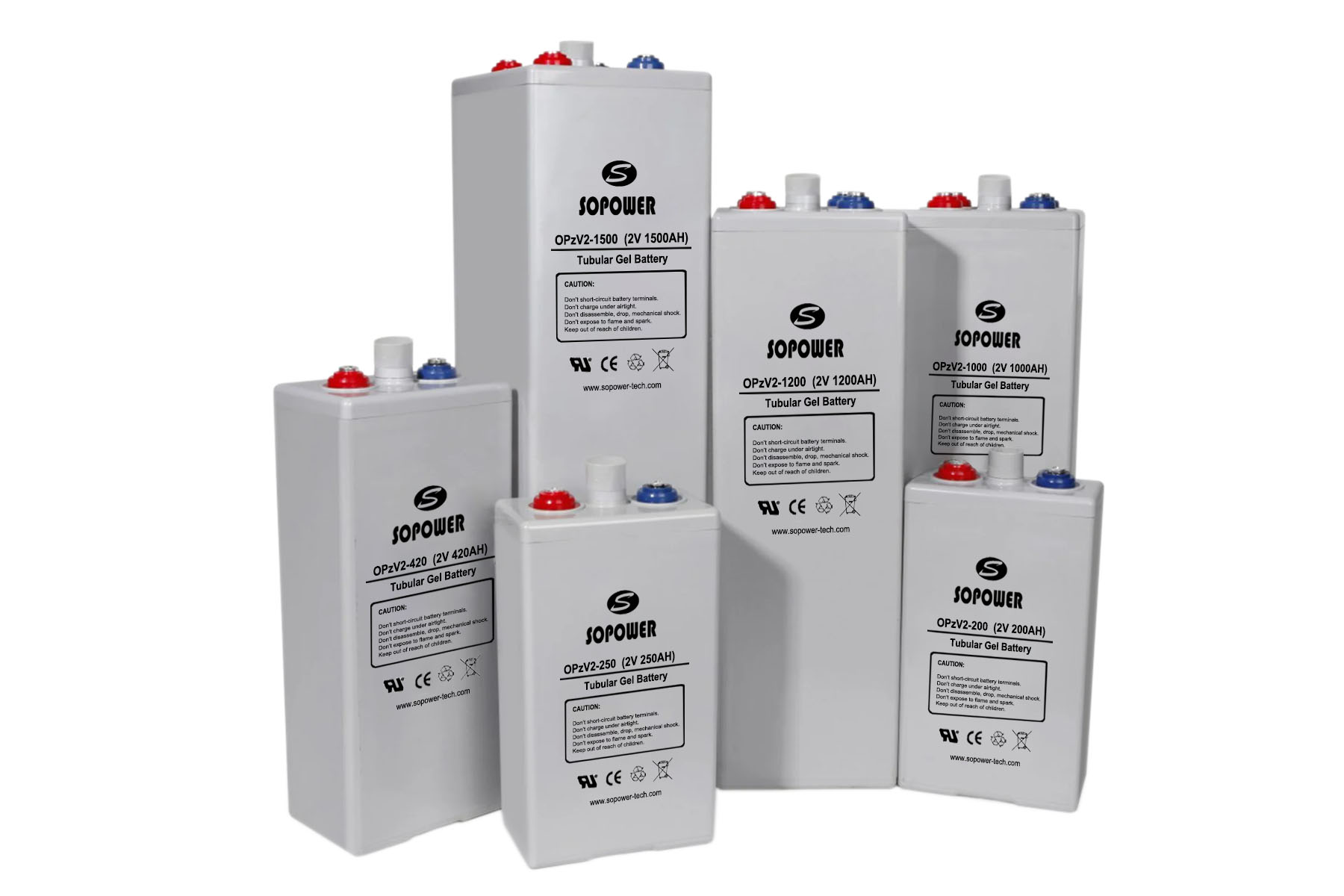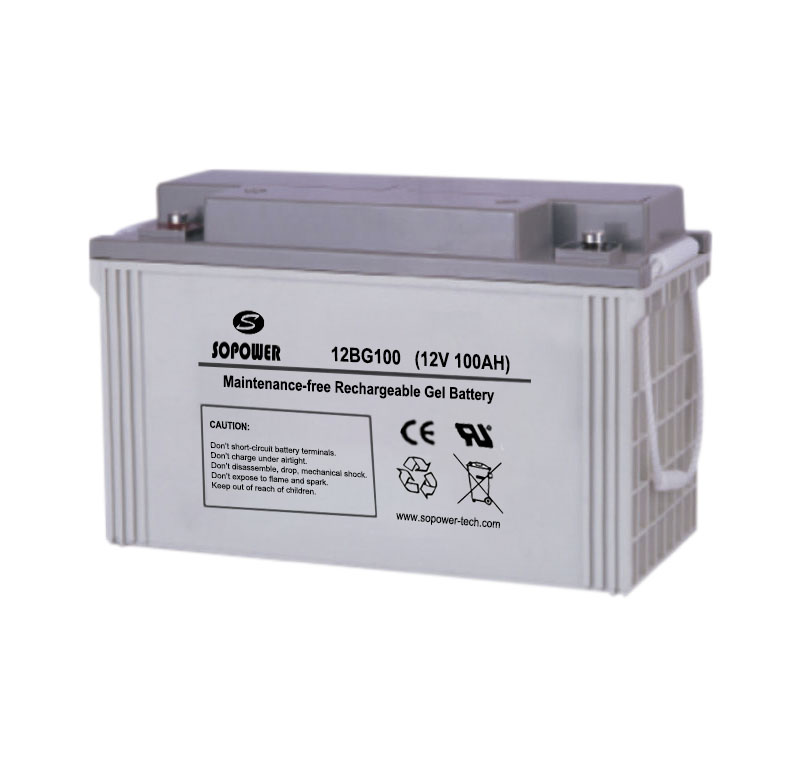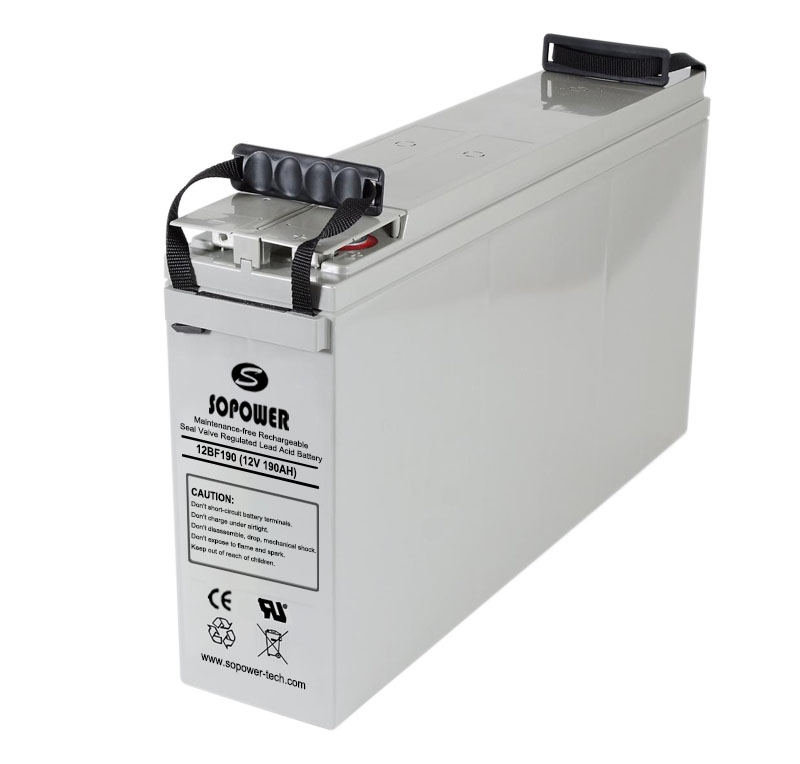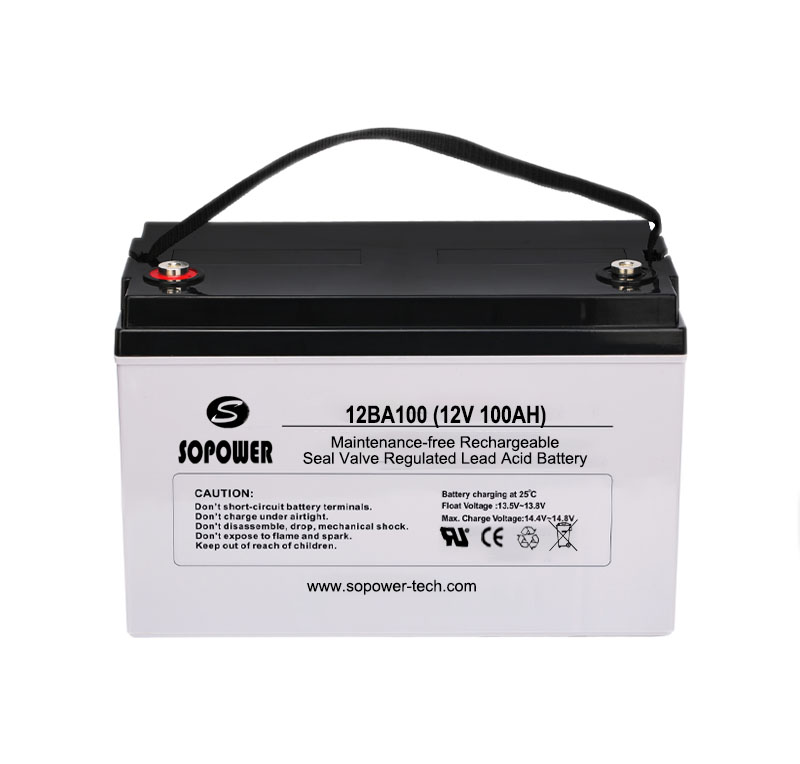Source: PV-Tech Date: June 8th, 2019
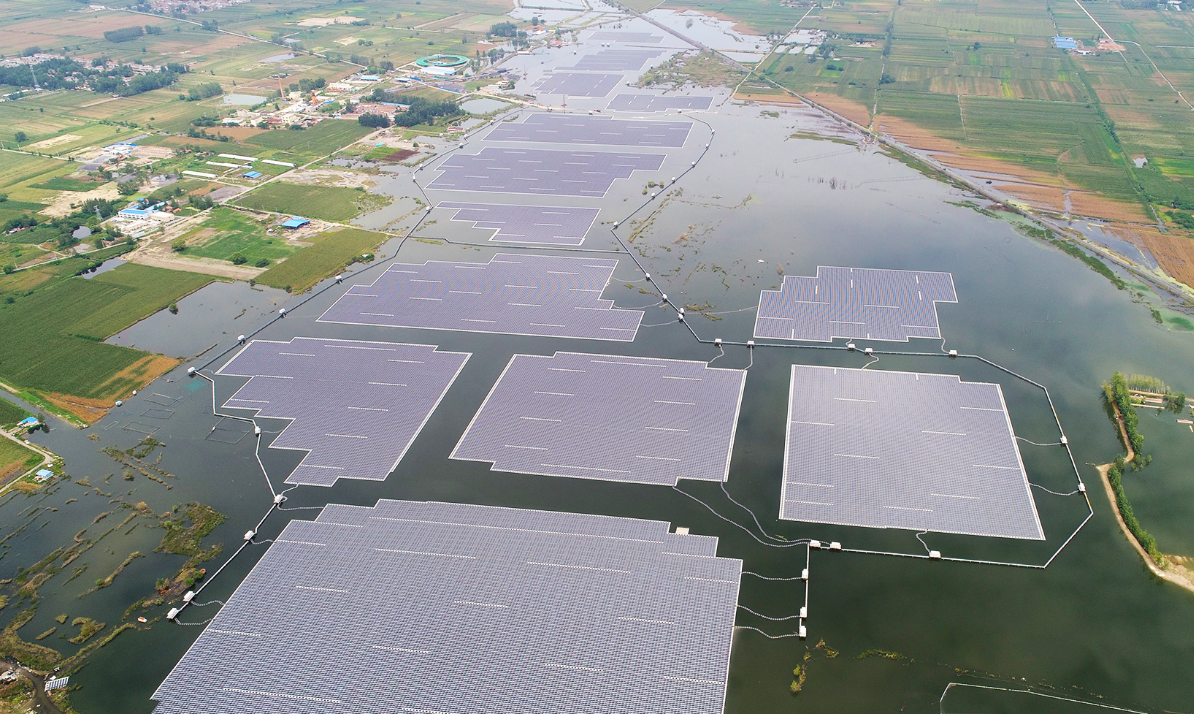
Each shift in Chinese PV policy is watched by the solar world. And the reforms unveiled in late April and early May have left many scrambling to catch up. While they may rein in unbridled growth, the changes are leaning towards a future of further cost reductions, particularly soft costs, and the golden goal of grid parity PV.
There’s no mistaking it was a difficult birth. On the last working day in April, China’s central government finally released the policy that would guide the Chinese PV industry for the next two years. Characteristically, it was released in the form of a short notification, from China’s peak price setting body, the National Development Reform Commission (NDRC) – illustrating the seriousness and authority of the reforms. The notification advised that the National Energy Administration (NEA) would release the relevant operational regulations soon after the May 1 Labor Day holiday.
The announcement gave the many solar industry workers a reason to be cheerful, as policy certainty had been eagerly anticipated since the second half of 2018. At that time, rumors had been circulating that high level consultations between the Chinese government and PV industry experts were taking place. Many hoped they would result in dramatic revisions to the infamous 31/5 policy measures adopted last spring.
So what’s new in the latest regulations? The most critical measures represent a significant revision, some would say correction, to the 31/5 policies – although they maintain a focus of shifting China’s PV sector towards an unsubsidized footing.
In short, the new policy measures set a FIT for residential PV, reduced tariff levels for utility-scale PV, and a new blended auction system for larger installations. A hard budget cap of CNY 30 billion
($445 million) has been put in place, with the exception of Photovoltaic Poverty Alleviation Projects – which will receive top priority status and be funded separately.
Drivers for reform
The new measures amount to the replacement of the former FIT subsidy model, to a blended FIT/auction model. Consequently, the new solar regime is much more complicated. The previous program appears to have been left somewhat at the mercy of the market and companies executing massive installations, resulting in an unsustainable level of subsidy payments – with the resolution of these legacy payments having not yet been fully achieved. The new system reigns in this spending, while pursuing a number of other objectives.
Annual subsidies do appear to be back under control. Since 2013, the Chinese state has accumulated over CNY 120 billion ($17.6 billion) in commitments to PV subsidy payments. The new system will strictly limit the annual subsidy to within CNY 30 billion, which obviously was carefully calculated by the central government with an eye to sustainability and timely payments. That’s a win-win for both the industry and the government: The government saves money, and private companies receive payments that work in terms of their internal financial feasibility planning.
Second, the new system pushes the progress towards grid parity PV projects forward. It is well acknowledged that only grid parity will make solar power genuinely competitive with other energy sources – part of the climate solution China and the wider world needs.
In many places around the world, grid parity is becoming a compelling reality for solar as a result of declining costs – indeed, that’s why many markets have flourished for a second or even third time since 2018. However, in China, because of the so called ‘non-technical costs,’ which include taxes, land costs, and related fees, grid parity is still very difficult for PV projects to achieve in most parts of the country.
These costs are often referred to as ‘soft costs’ and have been markedly reduced in markets outside of China. The new regulatory system limits total subsidies and utilizes bidding mechanisms to encourage investors to further reduce costs and push them to approach cost structures more and more in line with parity levels.
Meanwhile, the new policy also incentivizes local governments to reduce solar soft costs. Because the reverse auction system will be based on the entire national market, rather than previously allocated installation quotas determined on a per province basis, there probably will be some provinces which will be successful in few (if any) project bids in a particular year, due to having higher non-technical costs than others.
International impact
With China’s broadly understood dominance right across the solar supply chain, the policy changes will likely have significant international repercussions. In the short term, another ‘June rush’ seems to be inevitable.
Given the timing of the policy’s release, and the commitment of 2018-level payments for installations completed before July 1, investors, developers, and EPCs will be hustling to complete projects. Regular seasonal summer module price declines appear unlikely to transpire.
In the mid-term, China’s spectacularly rapid growth achieved in 2016 and 2017, both with something approaching year-on-year (YoY) installation increases of over 50%, appears a thing of the past. Over the next few years, market growth rates of around 20-30% YoY appear more likely.
There are several factors to strongly support the prediction of more steady growth. First, the non-technical cost in China’s domestic market is not easy to reduce because it provides vital revenues to some local governments. Second and more importantly, the capacity of China’s electricity grid to absorb such rapid expansions of PV capacity is limited. Due to a long-standing cooperation relationship – some might say love affair – with traditional coal power, China’s national grid and its sub-branches of provincial grids are not entirely willing to embrace solar power.
Solar PV generation also presents some challenges to grid operation, requiring a paradigm shift of sorts, and for grid operators this presents problems. China’s government is implementing a complex market-oriented reform of its power system, especially the national grid system.
However, without major policy breakthroughs in power usage, the implementation of micro-grids, and the integration of energy storage, China’s domestic PV market will suffer increasingly from grid limitations. Overall, policy and grid constraints will limit runaway growth, but they will also limit wild fluctuations of demand – and its resulting impacts on global PV supply chains.
Bright spots
China’s new PV policy settings have come with a clear signal from officials that every penny of subsidy will be guaranteed and paid to investors on time. If this is true, certainty of income for PV market participants will markedly improve.
Financial models and plans of players right along the supply chain will become increasingly reliable and the pricing of PV projects more credible. Many more sophisticated financial instruments, tools, and structures rely on credible and believable prices – and secure payment conditions.
As a result of an increase in financial certainty, a largely nascent market for the implementation of financial structures such as asset-backed securities (ABS), which have been discussed for quite a long time in the Chinese sector, may be deployed. ABS could become a very important funding instrument for the industry going forward.
Furthermore, the globalization of China’s PV industry is likely to accelerate. Since the domestic market will potentially be somewhat restricted, China’s PV companies will be compelled to go abroad to find end markets for their goods and services. For many companies, this will ultimately become a life and death issue.
The latest estimate for PV installations in 2019 in China, from the CPIA, forecasts around 35 GW, which would represent another 20% drop on 2018. Even optimistic scenarios see less than 40 GW. Such declines would drive Chinese companies abroad. Will this bring more trade conflicts? Some industry experts have already expressed concerns.
But the biggest impact of the policy reset will only be seen in two or more years. Considering that Chinese developers consistently report high soft costs for PV, once China achieves grid parity the country’s PV generated energy will represent some of the most cost-competitive anywhere in the world. At that time, price will not be a problem, but a major advantage. If China’s new policy succeeds in the encouragement of non-technical cost reductions, terawatt-scale PV could rapidly become a reality.
These fundamental reforms to China’s PV sector do not represent an abandonment of its solar ambitions. Rather, the reforms demonstrate a determination and willingness from the government to support its PV industry, largely because of its market size, now valued in the trillions, and the more than three million jobs it has created.
But the commitment of China’s government to the solar industry is also a result of PV’s contribution to the country’s energy restructuring and transition, and the resultant reduction in carbon emissions, to which the government is committed, and also because of the great potential solar holds in future development of the economy. Change is hard, but often necessary.

